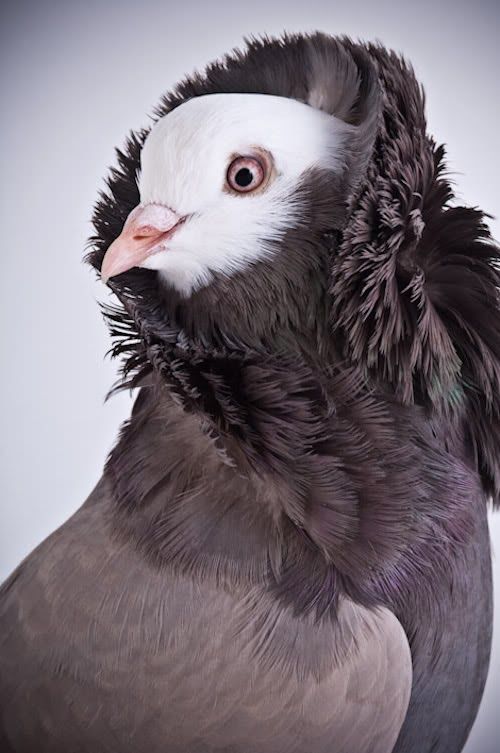I’ve never thought of pigeons as anything more than fairly dull and ubiquitous creatures that leave a lot of poop behind. But some people are really into these creatures – and they come in a variety of shapes and colors, partly because they may be one of the first domesticated birds. In fact, people have been breeding (and cross-breeding) them for hundreds of years. There are even show pigeons.
1 / 24
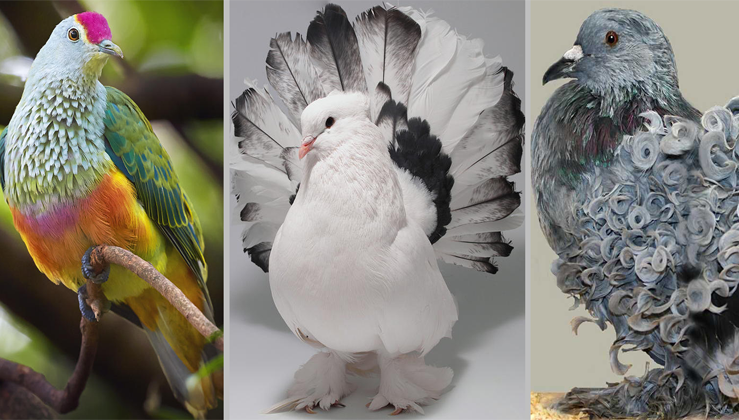
Believe it or not, the International Ornithological Congress (IOC) recognizes 344 species in the family Columbidae, which includes both pigeons and doves. While many of us might continue to think of them as flying pests, they’re actually quite smart, have great homing instincts, and have even saved lives during wars by delivering messages. They can also be really interesting to look at, as these 23 birds prove. Scroll ahead for some unexpectedly cool pigeons and doves.
2 / 24
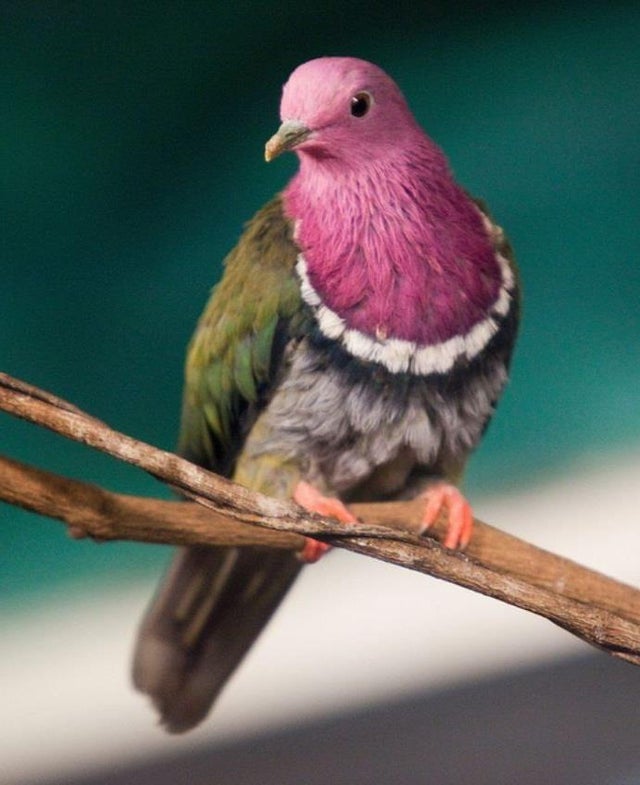
Temminck’s Fruit pigeon: Also called the “pink-headed fruit dove,” these beautiful birds live high up in the mountain forests of Sumatra, Java, and Bali. They’re pretty shy but often spotted in pairs. Males have a purple-pink head, but they all have some shade of greenish-black body with grey underparts, yellow undertails, orange irises, greenish bills, and pink feet.
3 / 24
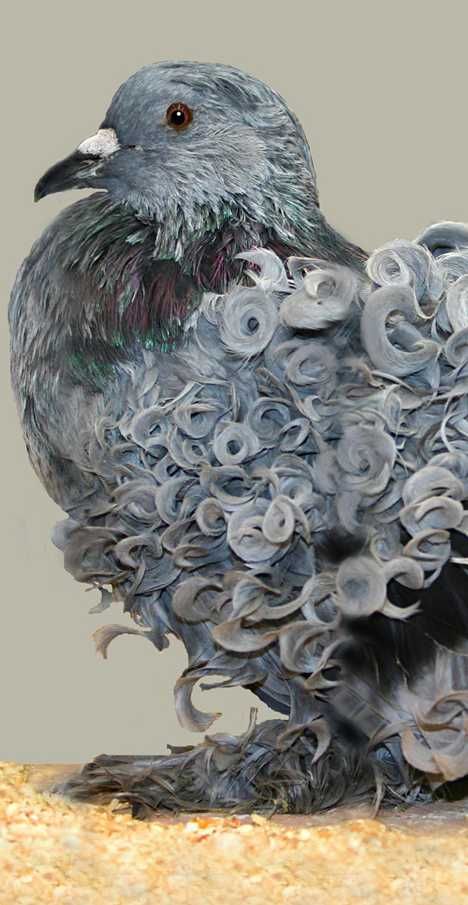
Frillback pigeon: The Frillback is a breed of “fancy pigeon.” Fancy pigeons are all domesticated forms of the familiar rock dove breed, and pigeon fanciers cross-breed the birds to have a variety of unique shapes, sizes, colors, and behaviors. Fancy pigeons are the kind you’ll find at shows and livestock fairs and to keep as pets. The Frillback is obviously bred for its frills, or curls, on the wing shield feathers and comes in many different colors.
4 / 24
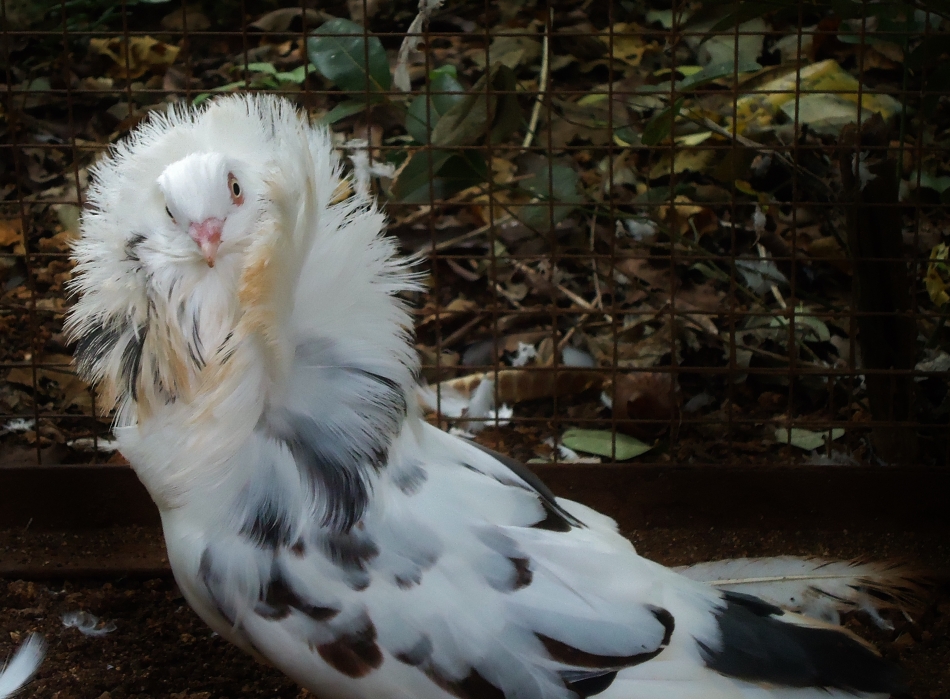
Jacobin pigeon: This breed of fancy pigeon originated in Asia and it took many years for breeders to develop what looks like a fur stole or hood around the neck. The ornamental feathers consist of three parts known as the hood, mane, and chain.
5 / 24
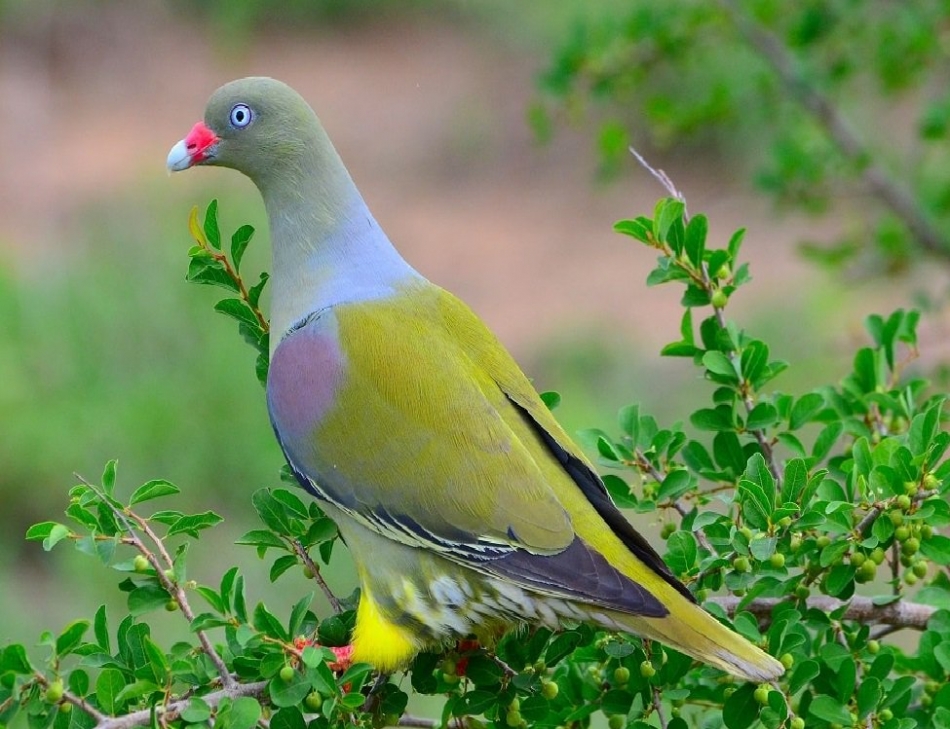
African green pigeon: One of 5 types of green pigeons, these beauties are native to Sub-Saharan Africa. You can find them searching for figs in fruit trees (and they are also good climbers) as well as doing some ground foraging. Their upperparts are greyish green to yellowish green, their thighs are yellow with mauve patches on the top of the wing. The green plumage provides a great camouflage in the tops of trees. Their bills are red at the base white at the tip. Their feet are also red. They are usually gregarious, all in small groups. They forage in trees, flapping to keep there balance, and often hanging upside down. There green plumage makes effective camouflage. Their flight is fast and direct.
6 / 24
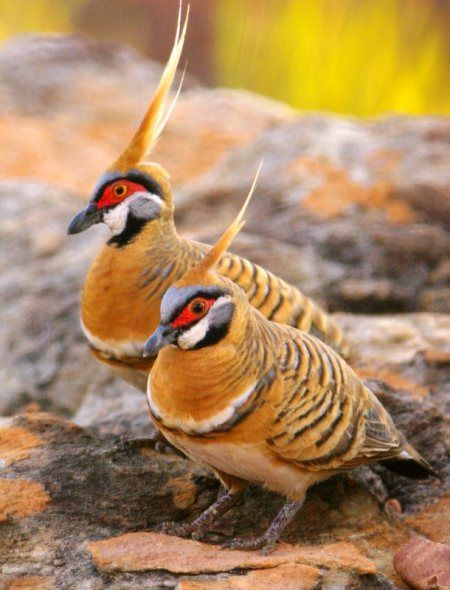
Spinifex pigeon: Geophaps plumifera (Spinifex Pigeon) is a species of birds in the family Columbidae. They are found in australasia. They rely on flight to move around. Also called the Plumed or Gannaway pigeon, this cool-looking bird lives in Austtralia. They like arid and semi-arid climates and were first described in 1842. Their erect crest makes them pretty easy to identify.
7 / 24
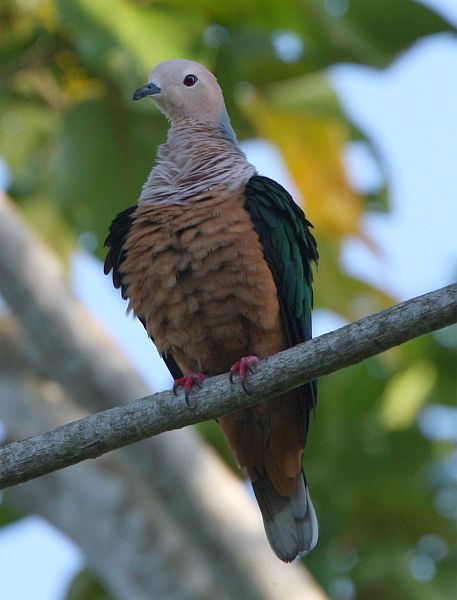
Cinnamon-bellied imperial pigeon: These pigeons are native to the northern Moluccas in eastern Indonesia. The second part of their formal name – Ducula basilica – means “magnificent” or “splendid” in Latin. The cinnamon-bellied imperial pigeon was formally described in 1854 by the French naturalist Charles Lucien Bonaparte from a specimen collected in Gilolo now Halmahera, the largest island in the Maluku Islands. He coined the current binomial name Ducula basilica.
8 / 24
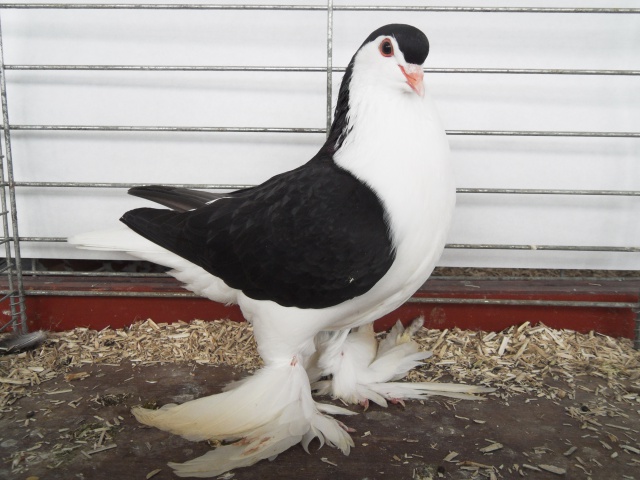
Lahore pigeon: These fancy pigeons were originally bred in Shiraz, Iran before being imported into Germany in the late 19th century. By the 1960s, they were being bred around the world. Believe it or not, they were originally bred for their meat, despite being an ornamental variety, but now they are appreciated for their plumage and the docile nature, which makes them gentle pets.
9 / 24
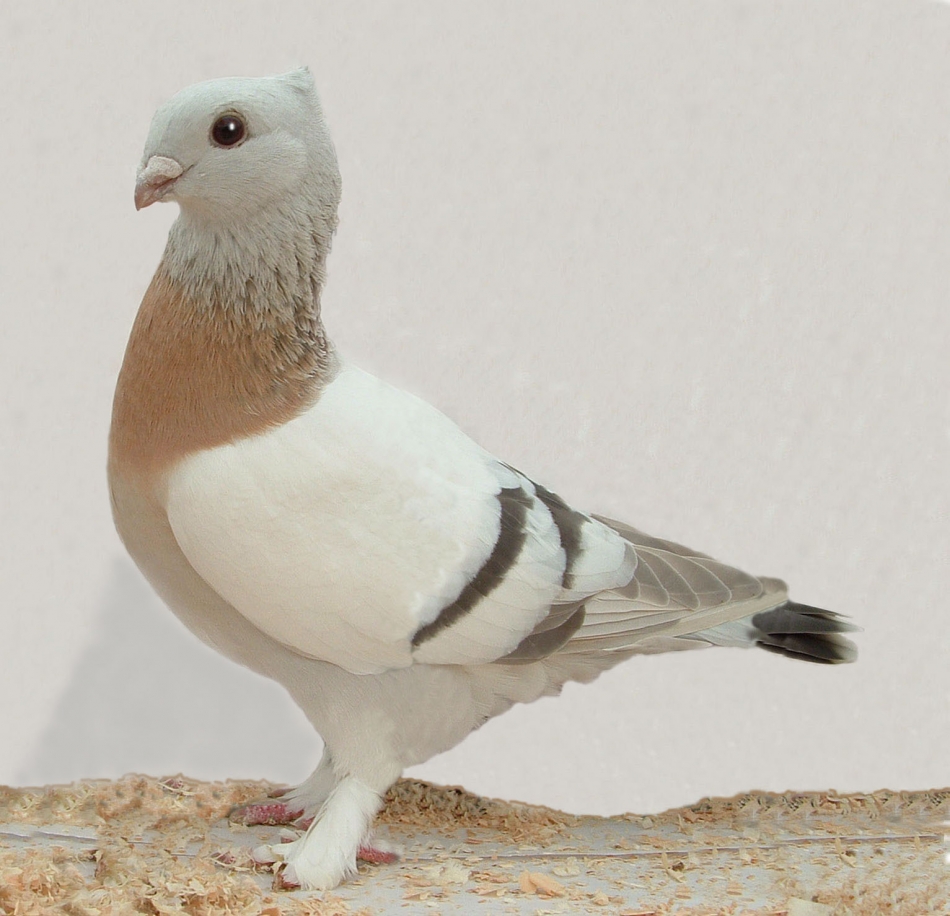
Lucerne Gold Collar pigeon: Yet another type of fancy pigeon, this one is known for its rich golden-yellow collar. They originated in Lucerne, Switzerland, and are descended from crested pigeons (which is why you can see the remains of a crest on their heads).
10 / 24
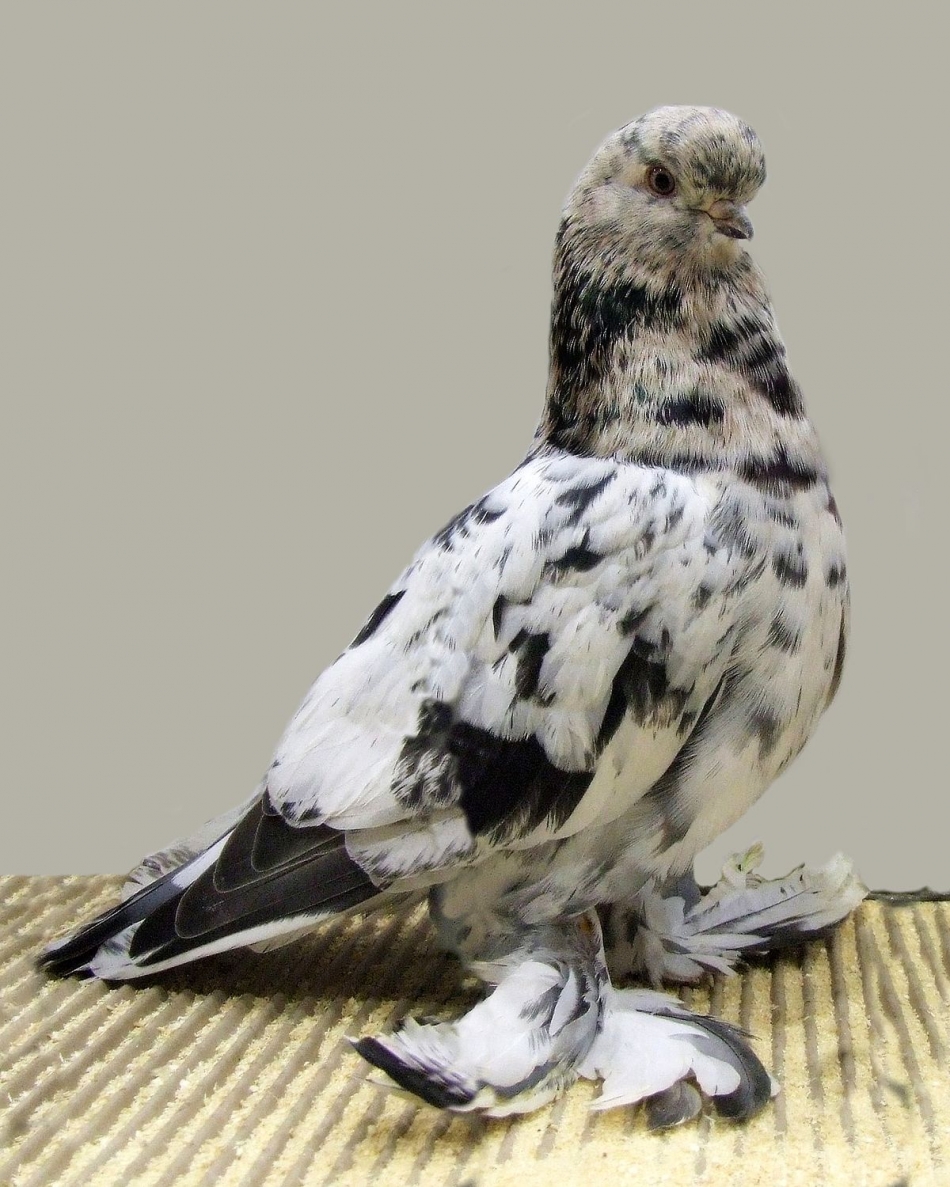
English Trumpeter pigeon: The English Trumpeter is one of the most popular breeds of fancy pigeon in the U.S. They’re known for the large muffs on their feet but the complexity of their physiology makes them difficult to breed properly, though they are known to come in many different colors. Frankly, it looks a little uncomfortable to be them regardless of color.
11 / 24
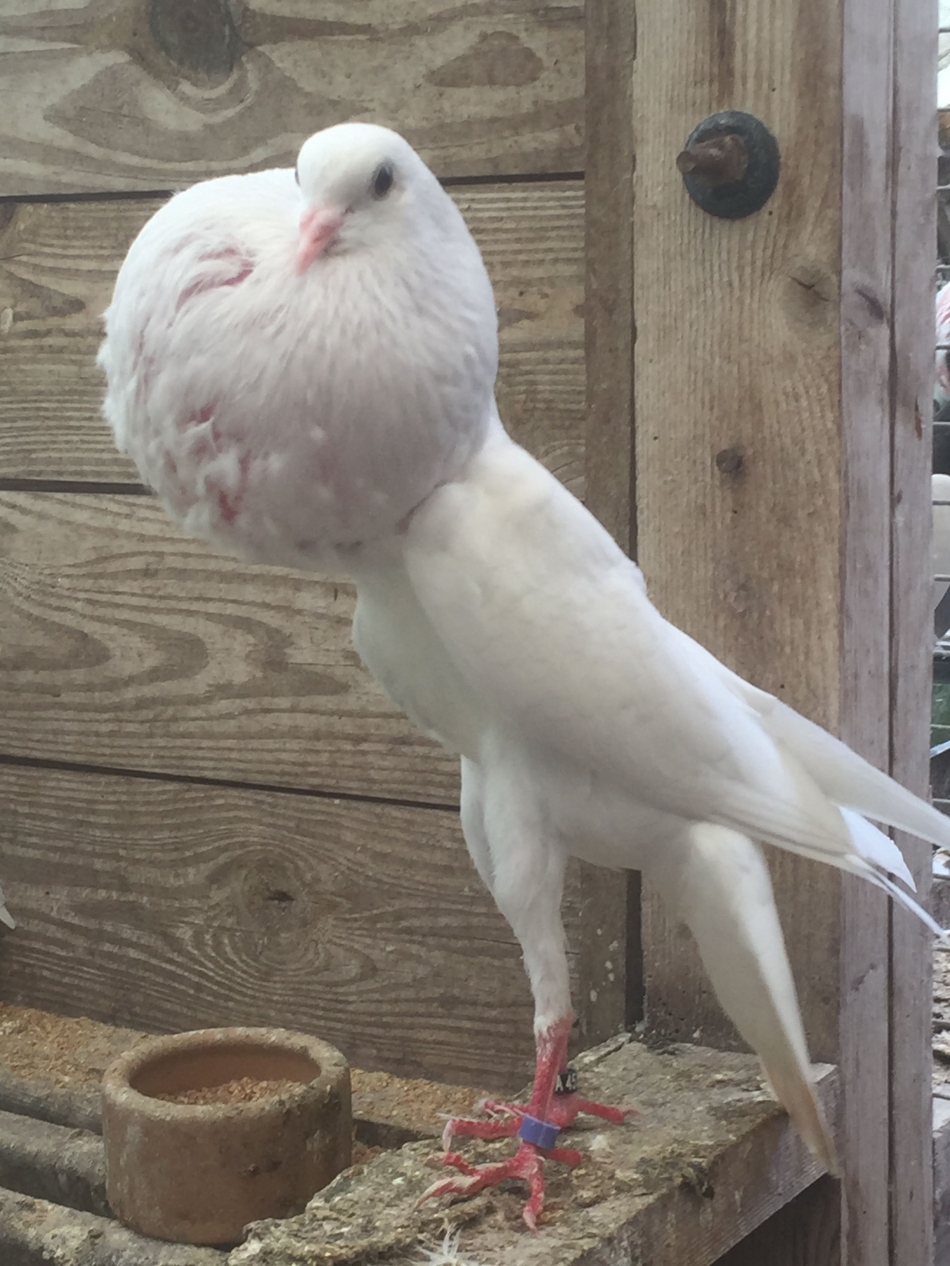
Brunner Pouter pigeon: Speaking of inconvenient physiology, the Brunner Pouter breed of fancy pigeon from the Czech Republic is bred to be “aristocratic” but looks a little starved for air. But they seem proud of their shape and enjoy strutting their stuff. And they live to be 7-10 years old, so it all works somehow.
12 / 24
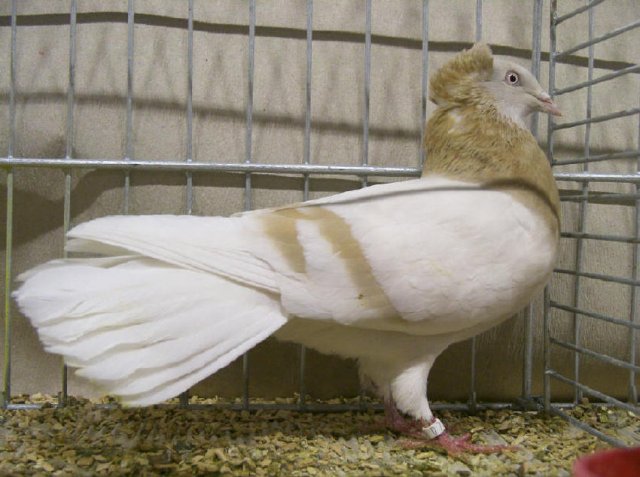
Danzig Highflyer pigeon: Some Danzig Highflyers are bred for show, and others as pets for flying. Most think the breed first originated (through selective breeding, of course) in Danzig, Poland in 1807. Now they’re popular all over Europe.
13 / 24
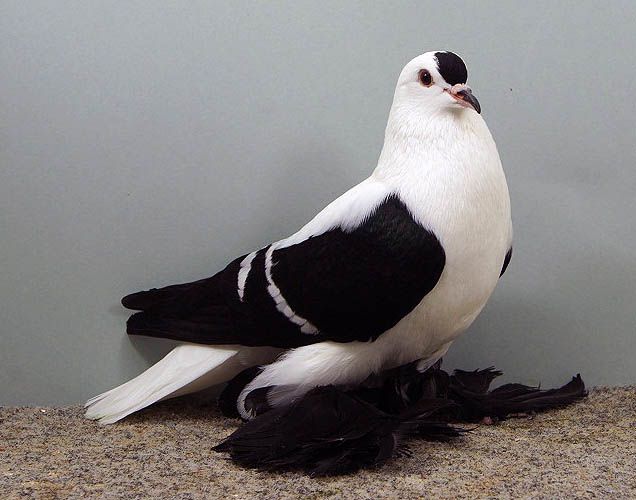
The Saxon Monk is a breed of fancy pigeon. Saxon Monks, along with other varieties of domesticated pigeons, are all descendants from the rock pigeon (Columba livia). Originating in Saxony, these birds come in blue, black, red, yellow, and silver – all with white bars on their wings. The breed is mainly raised for show or ornamental purposes, but they also make decent pets.
14 / 24
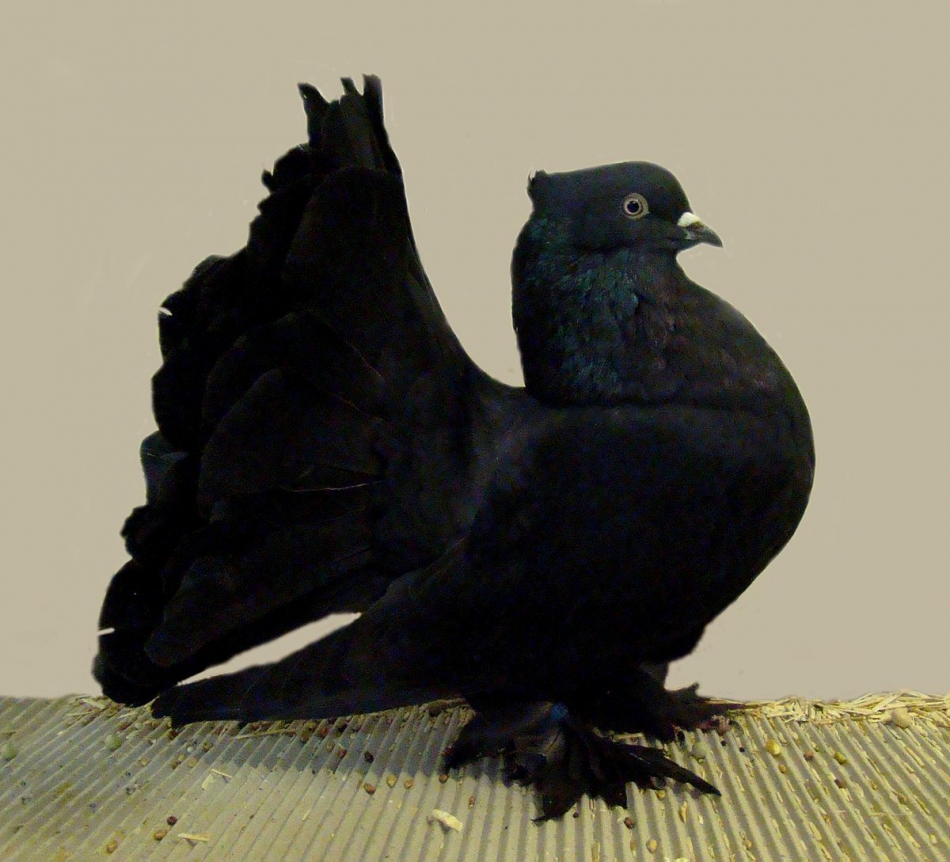
Indian Fantail pigeon: The Indian Fantail pigeon is a breed of fancy pigeon that originated in – you guessed it – India. They are most commonly white with light tan spots, though breeders have tested out a few other colors. The Indian Fantail can be distinguished from the English Fantail by the fact that it stands upright instead of having a chest higher than its head.
15 / 24
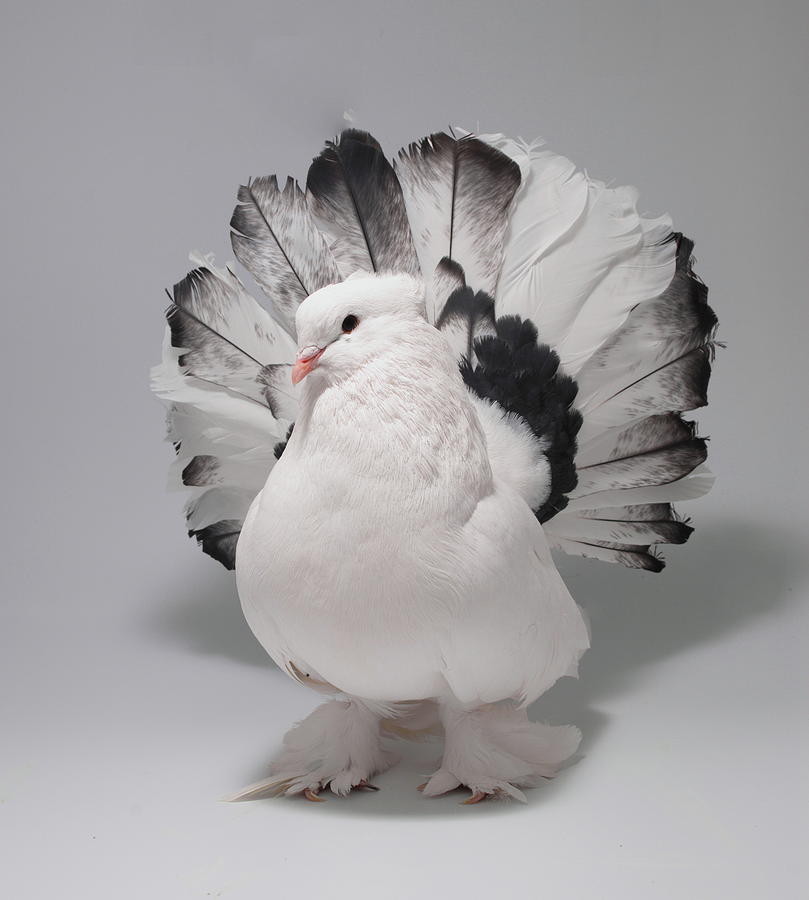
White fantail pigeon: The Indian Fantail pigeon is a breed of domestic fancy pigeon which was originated in India. Indian Fantail pigeon is a medium sized breed with beautiful appearance. It has a distinct fan shaped tail, and is usually bigger than the English Fantail pigeons. It was actually developed over many years of selective breeding. This breed and other varieties of domesticated pigeons, all are descendants of the feral or wild rock pigeon. It is one of the most popular varieties of the eye-catching fantail pigeon group.
16 / 24
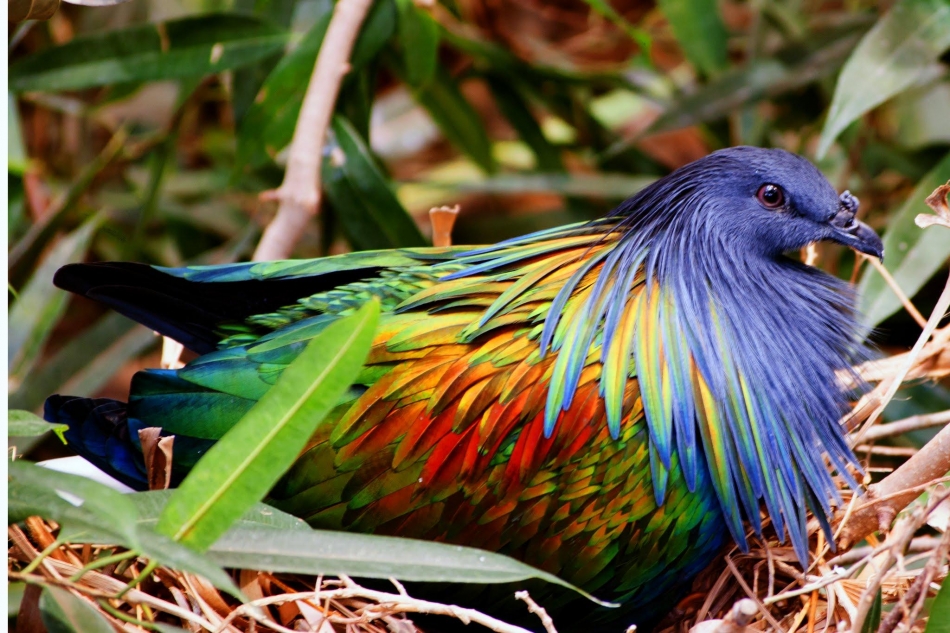
Nicobar pigeon: Found on the Andaman and Nicobar Islands of India and throughout the Malay Archipelago, the Solomons, and Palau, the Nicobar may be the closest living relative to the extinct dodo. They’re large birds with beautiful green and copper hackles, a short, white tail, and metallic green plumage.
17 / 24
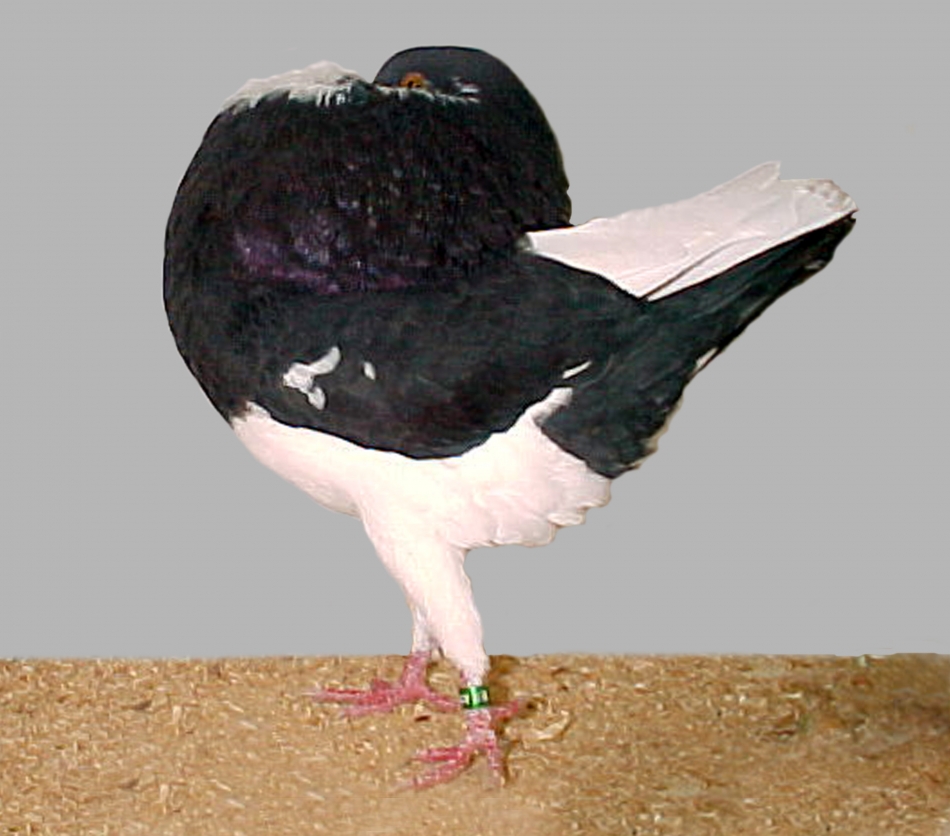
Holle Cropper pigeon: Also known as the Amsterdam Balloon Cropper, this breed comes from Holland. And boy does this look uncomfortable! Believe it or not, these birds can fly, despite their shape. It belongs to a category called Pygmy Pouters, and this bird stands on tiptoes, looking like a round ball with legs. They happen to be a very old breed – in fact, there paintings of these birds dating back to the 16th century.
18 / 24
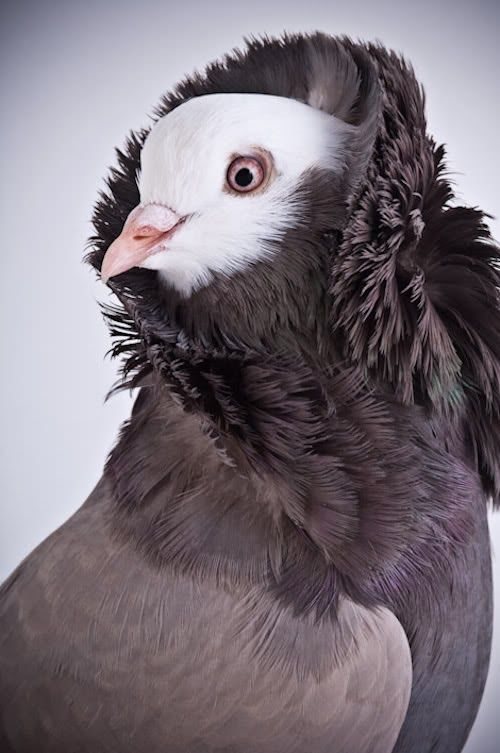
Old Dutch Capuchin: This breed is popular in Malaysia and Singapore, though they originated in the Netherlands. Known for its wildly unique headcrest, it’s pretty hard to think of pigeons as “sky rats” when you see a breed this impressive. Old Dutch Capuchine pigeon is a small to medium sized bird and it’s body is desirably carried horizontally. These birds have well rounded head which is broad enough at the back to be fit for a broad hood.
19 / 24
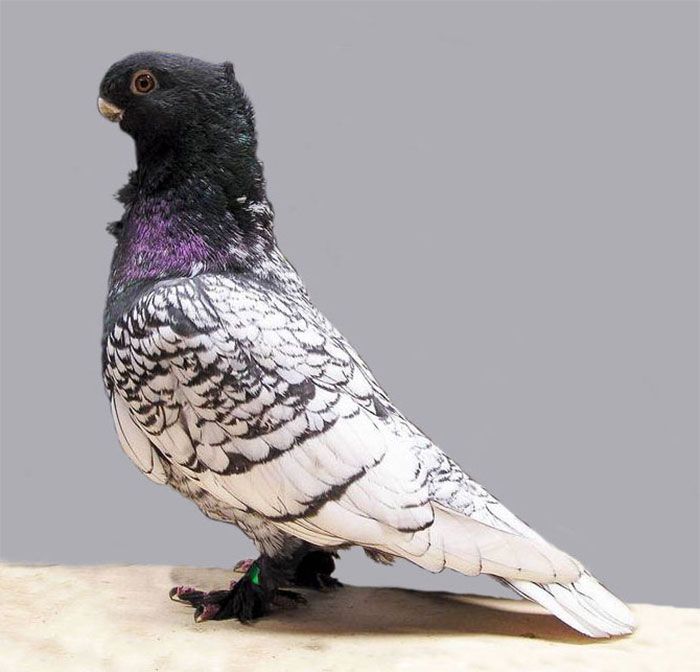
Oriental Frill pigeon: The Oriental Frill pigeon is a breed of fancy pigeon which was developed over many years of selective breeding. It is also known by some other names such as Hünkari; Classic Oriental Frill, Old Style or Old Fashioned Frill (“classic” style Oriental Frills only). It is called Hünkari in it’s homeland. Meaning of the word ‘Hünkari’ is the bird of Sultans. It is originally a Turkish pigeon breed which is specially bred for the Ottoman Sultans in the Manisa Palace, Turkey. The Manisa is an old Ottoman city in the Western Turkey. The breed is actually divided into several color variations and markings. But the Blondinettes and Satinettes are the most common variety.
20 / 24
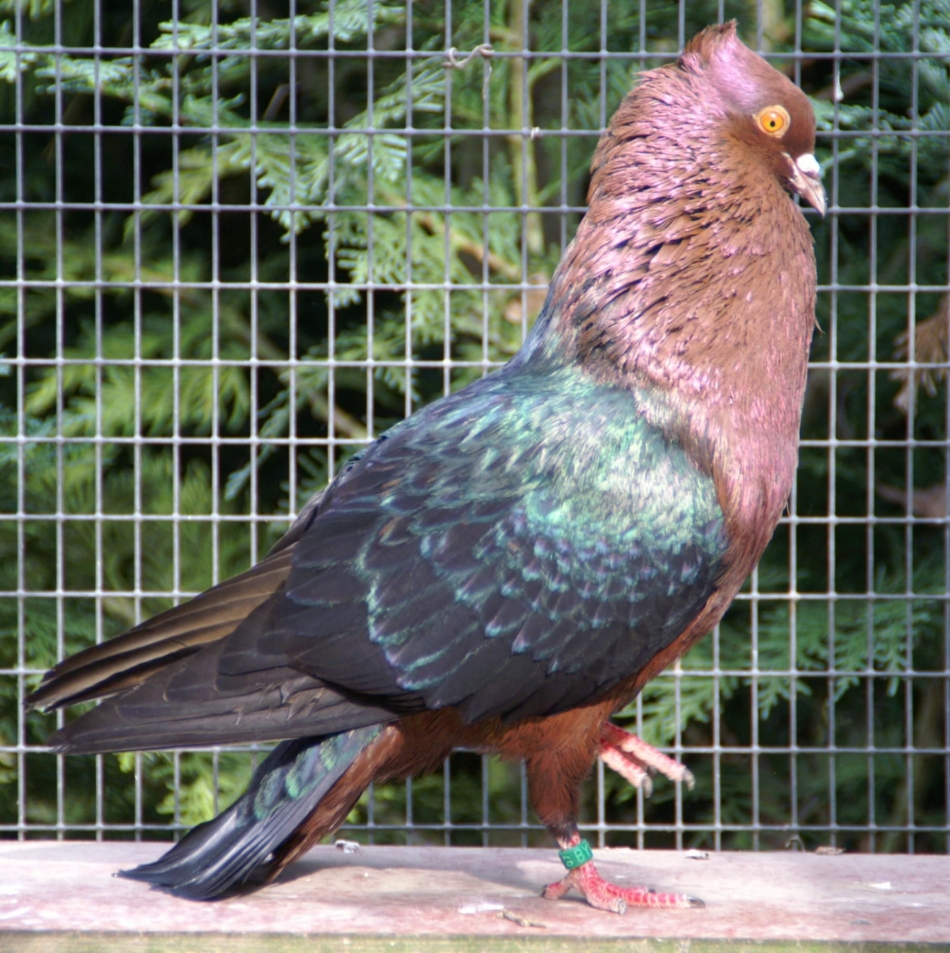
Archangel pigeon: Known for the metallic sheen on its feathers, the ornamental Archangel has unfeathered legs and orange eyes. Their bodies can be black, white, or blue, and those color types were refined in Germany. It’s one of the older breeds of deliberately bred pigeons.
21 / 24
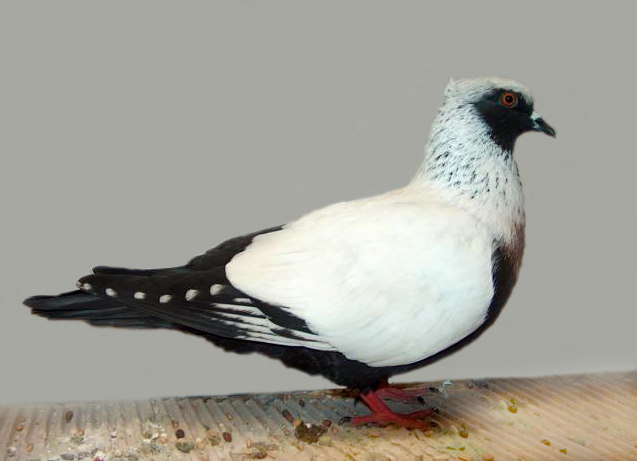
The Danish Suabian pigeon is a breed of domestic fancy pigeon from Denmark. It was developed over many years of selective breeding. This breed and other varieties of domesticated pigeons, all are descendants from the feral or wild rock pigeon. It is thought to have been developed in France and Holland. It was actually developed from the laced Starling and was imported to Denmark around 1840.
22 / 24
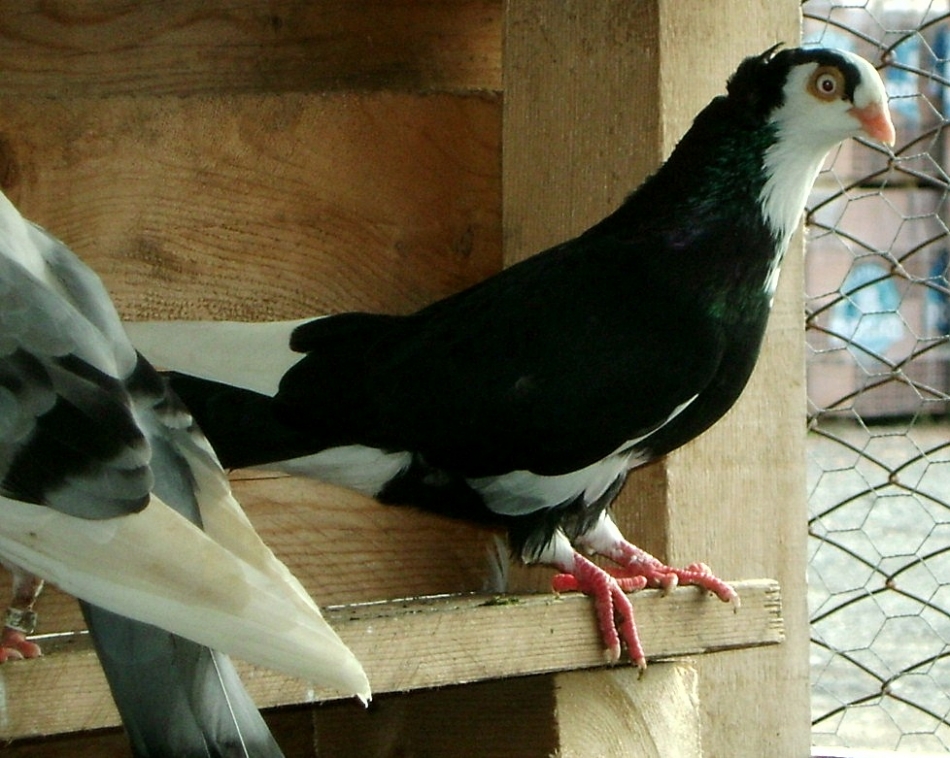
Galatz Roller: The Galatz Roller originated in Galați County, Romania. Now they’re popular throughout Europe and especially in Germany, the Netherlands, and Belgium. They can be trained to do air acrobatics such as somersaults (hence the term “roller”), pirouettes, and a downward corkscrew motion.
23 / 24
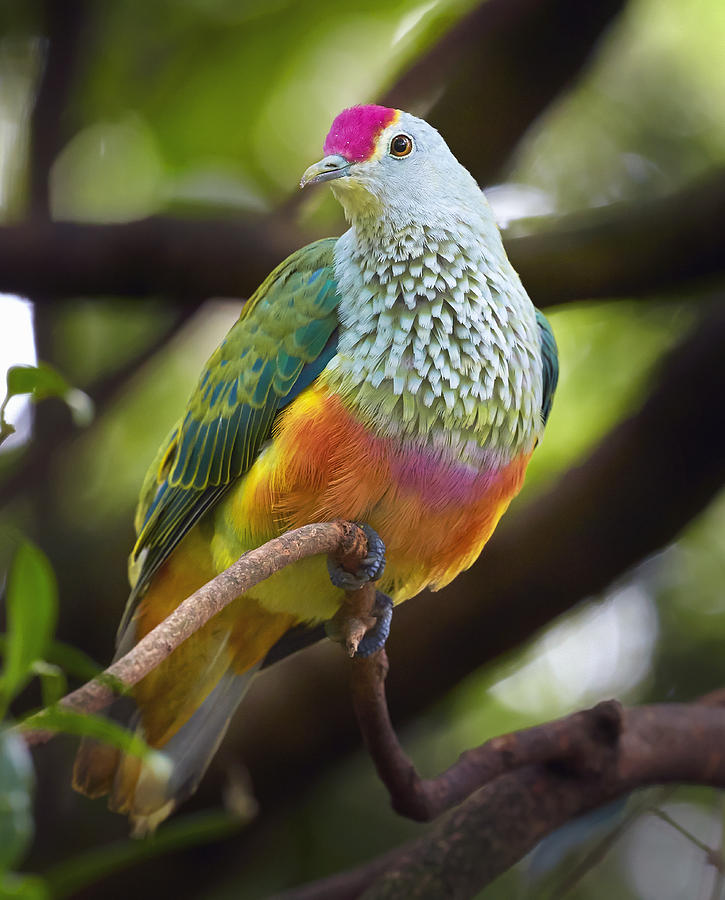
Rose-Crowned Fruit-Dove: The rose-crowned fruit dove has rainbow plumage with its pink forehead, gray head and breast, yellow and orange abdomen and undertail coverts and green wings edged with a yellow wash. These medium-sized doves prefer rainforest habitats and eat not only fruit as their name suggests, but also palm leaves and tropical vines. Widespread in their range, these doves are not threatened or endangered despite population decreases.
24 / 24
